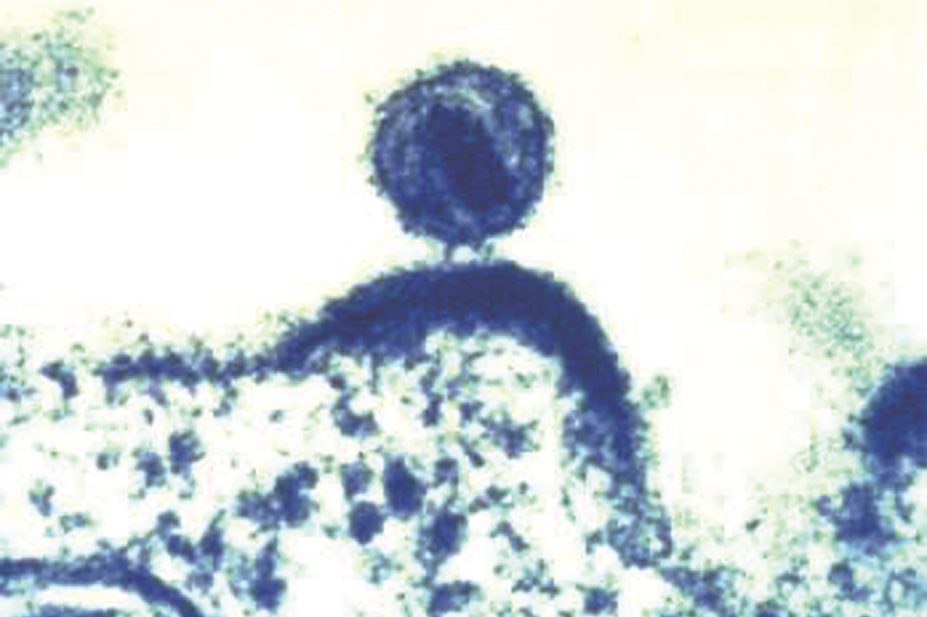
NIAID / Wikimedia Commons
The number of people who have become infected with HIV has stayed at around 2.6 million each year over the past decade, new figures reveal.
However, according to the Global Burden of Disease Study 2015 report, which tracks the incidence and treatment trends of HIV/AIDS in 195 countries and territories from 1980 to 2015, the number of people living with HIV/AIDS has been steadily increasing and reached 38.8 million in 2015 (95% uncertainty interval [UI] 37.6–40.4 million).
The report also shows that the number of people dying from HIV/AIDS has steadily declined, from a peak of 1.8 million deaths (95% UI 1.7–1.9 million) in 2005, to 1.2 million deaths (95% UI 1.1–1.3 million) in 2015.
Reporting their findings in The Lancet HIV
[1] (online, 19 July 2016), the authors say: “Although many countries have experienced decreases in HIV/AIDS mortality and in annual new infections, other countries have had slowdowns or increases in rates of change in annual new infections.”
They add that the scale-up of antiretroviral therapy and the prevention of transmission of the virus from mother to child “has been one of the great successes of global health in the past two decades”.
But they point out: “In the past decade, progress in reducing new infections has been slow, development assistance for health devoted to HIV has stagnated, and resources for health in low-income countries have grown slowly.”
The researchers also warn that meeting global targets to eradicate AIDS by 2030 remain challenging and “will need continued efforts from governments and international agencies in the next 15 years”.
References
[1] Wang H, Wolock TM, Carter A et al. Estimates of global, regional, and national incidence, prevalence, and mortality of HIV, 1980–2015: the Global Burden of Disease Study 2015. The Lancet HIV. doi: 10.1016/S2352-3018(16)30087-X


